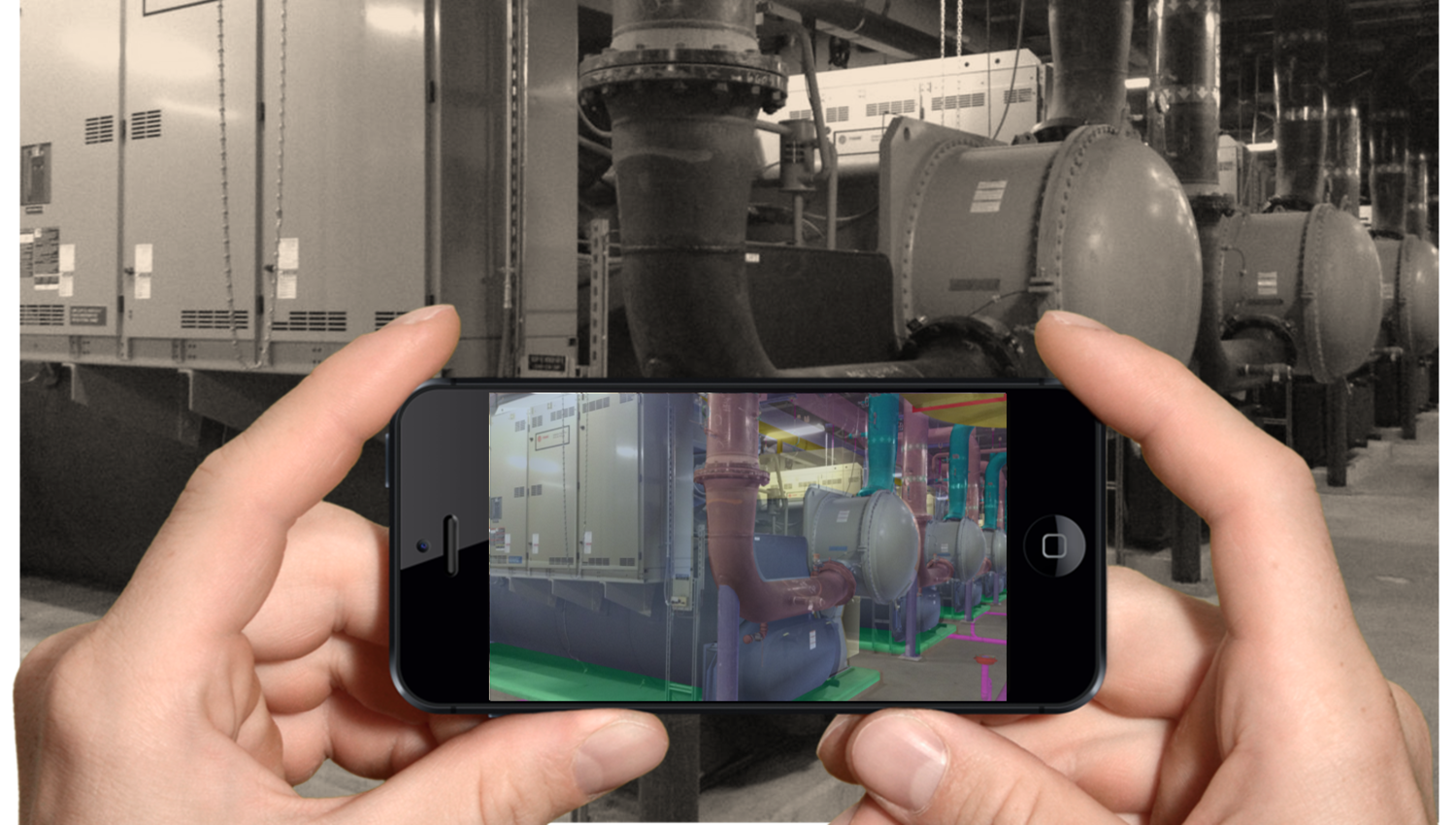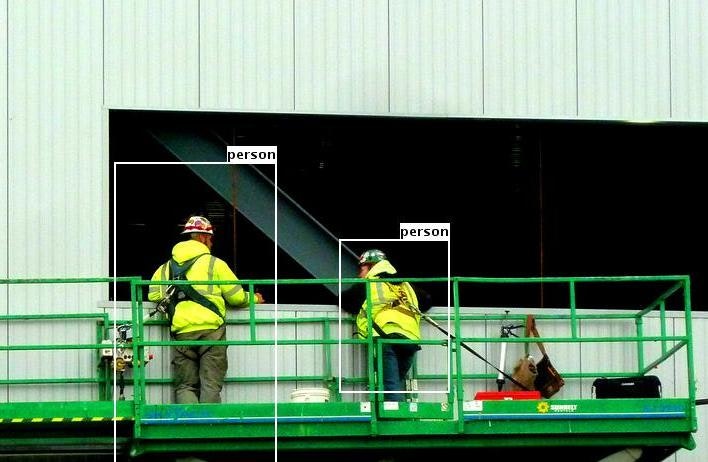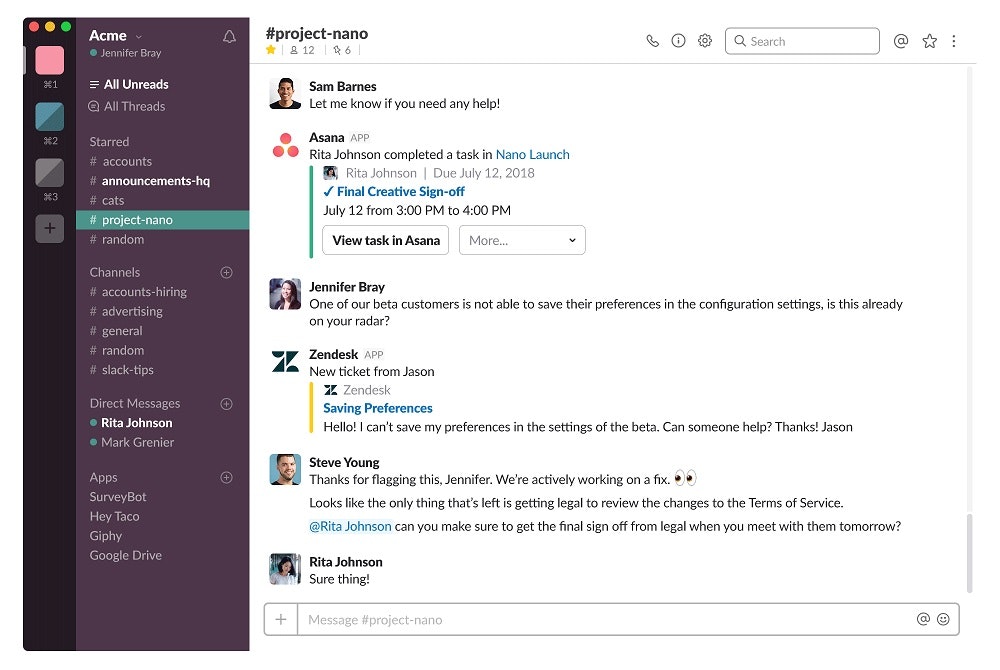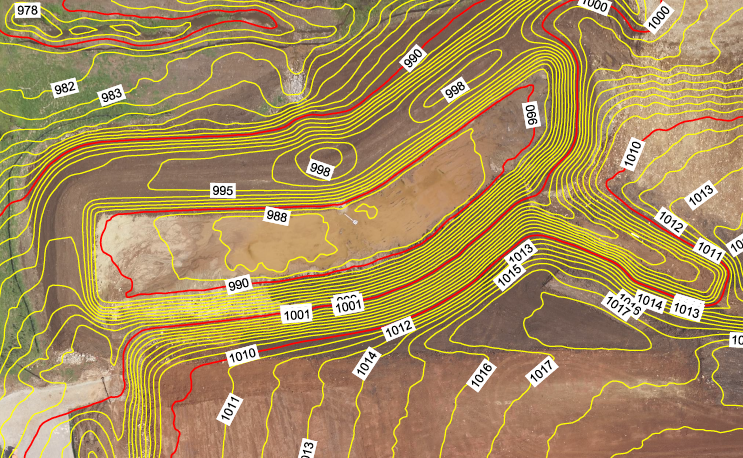5 Ways New Technology in the Construction Industry Can Optimize Your Workforce
Introducing new technology into a construction business is intimidating. It can so fundamentally alter day-to-day processes that the upheaval is just too much for some small and midsize businesses (SMBs)—so they don’t do it.
But in the face of the skilled labor shortage, it must be done.
A large number of construction businesses are trying to deal with the skilled labor shortage by making their existing workers better through technology:
In our survey of construction managers, we found that 32 percent of respondents were adopting new technology to increase the efficiency of their workers.
And a lot of them are playing catch up. More than half of construction managers spend 2 percent or less of their budget on information technology, and only 42 percent of construction managers even have a dedicated IT staff.
If you don’t know what technology to implement or how to do it, you’re probably behind as well.
You must take steps this year to optimize your workforce’s efficiency with new construction technology, or you will find your competition completing more work for less money and on shorter timetables. As a result, your small construction company will consistently keep losing bids over the next five years.
The good news is if you’re technologically behind the times, you have plenty of company. The bad news is you’re running out of time. Below we’ll identify five forms of technology as well as the types of firms that benefit most from their implementation.
Here’s what we’ll cover:
1. Boost safety and efficiency with augmented reality
2. Unearth actionable insights with data analysis and AI
3. Boost collaboration on the job site with messaging apps
4. Slash costs and turnaround time with cutting edge hardware
5. Map out your entire project with BIM software
Which technologies can improve your business?
1. Boost safety and efficiency with augmented reality
Related to virtual reality, augmented reality makes it easier for construction teams to better visualize the project and prepare workers. Effective construction managers use 3D models to map out an entire project before building it, allowing the team to spot issues before they arise.
Virtual and augmented reality helps with safety on the job site as well, as it calls attention to important features in the environment, such as temperatures or potentially unsafe conditions.

An example of an augmented reality system, via the University of Illinois at Urbana-Champaign (Source)
This technology also will save you money and boost efficiency. Combining this technology with a VR-mapping drone, for example, will allow you to automatically calculate information such as total area and measurements, which requires many man-hours to perform manually. This will free up your workers so they can work on other, more important tasks.
WHO IS THIS FOR? Whether you’re gunning for small jobs or larger projects, augmented reality can help you, so there’s really no reason for any construction firm to turn its nose up at AR.
Reach out to your construction management software vendor to see what augmented reality integrations they have. If they don’t have any and aren’t planning on it, look into another solution that does.
2. Unearth actionable insights with data analysis and AI
Data provides a tremendous opportunity for you to make more well-informed decisions that boost the efficiency and safety of your construction project.
One general contractor in Boston is developing an algorithm with Smartvid.io that analyzes photos from job sites for safety hazards, like workers not wearing protective equipment.

An example of Smartvid.io’s machine learning technology analyzing photos from job sites for safety hazards (Source)
The same contractor is also developing an algorithm that can go through 10 years of scheduling data to accurately forecast delays, which could be used to keep building owners and subcontractors updated and allow for better planning on the part of the construction manager.
This kind of artificial intelligence and data collection offers construction managers the opportunity to do a lot more with what they already have.
WHO IS THIS FOR? Construction firms experiencing massive growth should begin hiring experienced IT professionals to oversee this kind of forward-looking data analysis. But, anyone with a construction management solution most likely already has some built-in AI or data analysis features—it’s just a matter of engaging with these features. These features can include reporting, integrations and more.
Explore your solution or contact your software vendor to see what sort of functionality you have at your disposal. Or, check out our directory of data analysis tools to find a solution that can integrate into your construction management system.
3. Boost collaboration on the job site with messaging apps
Communication is critical to job site productivity, and advances in technology offer you far better ways to keep in direct contact with your workers. This is especially necessary in this modern world where you’re likely managing multiple job sites and juggling numerous completion deadlines.
There are many instant messaging and collaboration software options with mobile apps that you can use to set up group chats, which let you share updates with not only your workers but also with executives and stakeholders.

Slack is an example of a cloud-based collaboration tool that offers real-time communication through channels that can be team- or project-specific (Source)
These messaging apps go beyond cell phones to make communication simpler and more collaborative, as well as involve more people in the conversation.
Not having a good communication system in place has real consequences for your business: Poor communication results in the failure of a project a third of the time.
Tasks that are badly communicated will have your employees wasting time, effort and even materials on work that shouldn’t be done in the first place.
WHO IS THIS FOR? Is your firm constantly missing deadlines, dealing with angry stakeholders who feel left out of the process or just have a job site that feels dysfunctional? A simple messaging app will solve most of those problems almost immediately. Explore collaboration software with chat and instant messaging features to find the solution that is right for you
4. Slash costs and turnaround time with cutting edge hardware
One of the best ways to optimize your workforce is to give them a helping hand so they can spend more time on other tasks. You will be able to do that with drones, robots and 3D printing.
Drones help with conducting land surveys, securing job sites, inspecting projects and keeping you closely connected to the project even when you’re far away.

Topographic map of a construction site (Source)
Demolition robots offer construction managers a way to tear through concrete without putting your employees in harm’s way. They’re also compact enough to get in tight spaces and can get at hard-to-reach areas.
Then there’s 3D printing and prefabrication, which helps your workers finish buildings more quickly by having to do less actual construction and more assembly.
WHO IS THIS FOR? If you’re ready to make the jump from being an average small firm to a bigger player that can take on more lucrative projects, drones are a good way to do it.
Experiment with drones on your job site. Invest in a drone that can conduct surveys and conduct a pilot project to see if it will save you money on labor. If it’s successful, expand their role in your projects.
5. Map out your entire project with BIM software
There are so many software tools available to construction managers that weren’t around 10 years ago—or even last year. As of February 2020, we have 417 options in our construction software directory, and most of these solutions are continuously updating their feature set.
Building information modeling (BIM) is one of those new tools. With BIM software, you create entire projects ahead of time, mapping out everything from the general structure to the tiny details inside that trip you up mid-project.
An example of Graphisoft’s ARCHICAD BIM software being used to design a tower (Source)
BIM allows construction managers to create better designs and spot problems before they occur, which optimizes your workforce by helping them get tasks done smoothly and avoiding delays.
WHO IS THIS FOR? If you’re an established midsize construction firm, consider optimizing your workflow with BIM software. Our directory of available BIM software features more than a hundred options to choose from, both for large firms and for smaller to midsize construction businesses.
Which technologies can improve your business?
Take a good look at these options. Are there any that stand out to you as a good fit for your business? Draw up a plan on how you would implement it in the next three months, with attention to where your SMB stands:
If you’re a brand new business, get a simple messaging appthat will ensure your team’s success in their first few projects.
If you’re a growing business, shop for BIM softwarethat can take your business to the next step in terms of efficiency.
If you’re an established business looking for a competitive edge, consider a few technologies: Augmented reality can take an already efficient workforce to the next level, real-time data analysis will make you even more effective as a manager, and drones and robots provide a helping hand so your workers can focus on more important tasks.
And if you’re not sure where you stand and could use some help plotting a way forward, give our advisors a call at (844) 680-2046 for a free consultation.
Note: The information contained in this article has been obtained from sources believed to be reliable. The applications selected are examples to show a feature in context, and are not intended as endorsements or recommendations.
